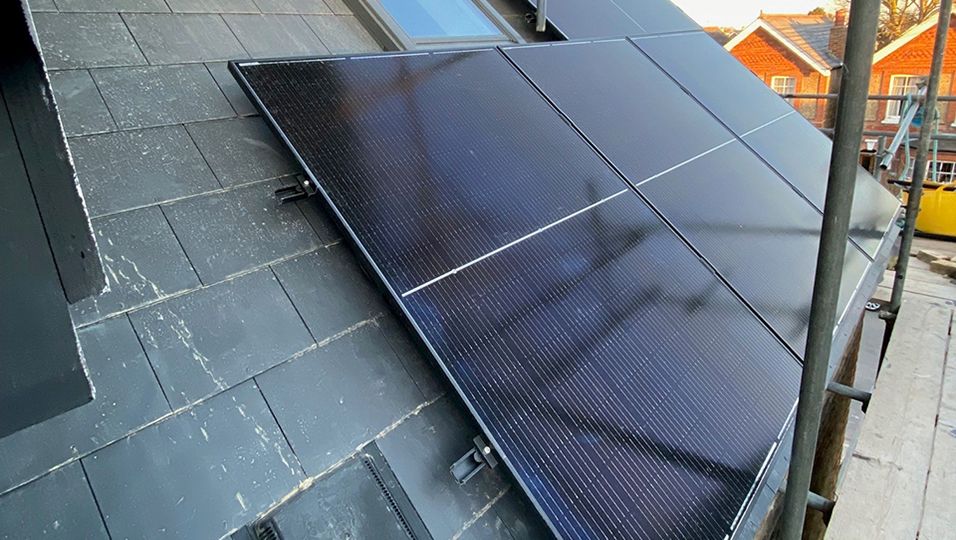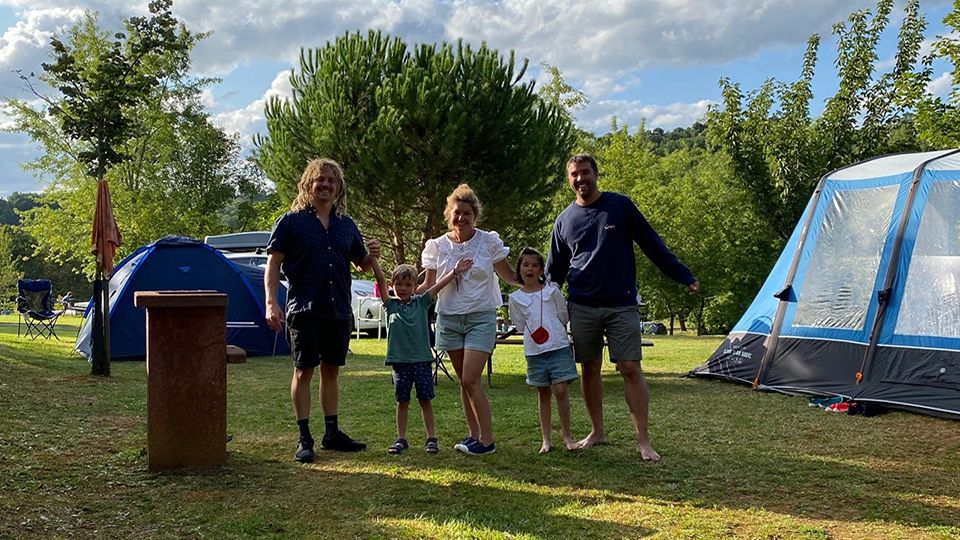Welcome to a new series from ESG Clarity where investment professionals from the responsible investment space share their habits and summer activities that are contributing to a more sustainable world.
For these light-hearted pieces, we ask about summer plans and holidays, and charitable work.
Here, Will Martindale, group head of sustainability at Cardano, talks about the sustainable improvements he has made in his home, camping in France, company initiatives and what else he would like to see in the sustainable investment industry.
How has your year been so far? Have you stuck to any sustainable New Year’s resolutions?
I’m not usually one for New Year’s resolutions, but this year, we decided to make some sustainability-related improvements to the house. We have successfully installed eight solar panels on our house, with battery. The provider was Project Solar, which I’d definitely recommend.
If there isn’t enough sunshine for our daily use, the battery allows us to draw from the grid when demand is low, such as overnight. ‘Time-shifting demand’ will be a feature of grids in the months ahead.
We also swapped our gas oven for an induction oven – it’s great, and just as responsive as gas. We did look into an air-source heat-pump but it was too expensive, and only covered our kitchen/living room. So, perhaps in a year or two.
I live in Kingston, and I’m cycling to work once a week or so (about 20 kms). But for all the new cycle infrastructure, it still feels unnecessarily dangerous unfortunately.
That said, my family and I operate well-beyond planetary boundaries. A Sunday afternoon favourite is the (heated) open-air swimming pool in Hampton. I shudder to think of the energy use.

How are you connecting with nature this summer or protecting biodiversity near to where you live or work?
Locally, my bugbear is car idling. Friends of mine driving their kids the short ‘walk’ to school, and worse, leave their engines running for drop off and pick up to charge their phone, play their radio, or keep on the air con.
I know the emissions are comparatively tiny, but it feels indicative of the change of mindset that’s not yet happened. Encouraging more walking and cycling seems like an easy win – but it’s not happening. I drop my bugbear into conversations at the school gates and hope that it will eventually sink in!
Are you planning a holiday? How will you make it ESG-friendly?
We tend to spend our summer holidays in France – and we camp. Last year, it was Dordogne and Biarritz. This year, the Pyrenees and the beaches North of Bordeaux. Our children are eight and six and enjoy making friends, swimming, and the freedom of a campsite.
We do think about the carbon emissions of our trip, and this year we will calculate the emissions associated with driving (there are online calculators that help you do this).
I won’t buy an offset, but will donate the equivalent to an environmental charity – and will round up.
The artificially low cost of offsets means it’s only a few pounds. We drive a hybrid car, but on motorways, with a full boot, and kids in the back, it’s mostly the petrol engine. And the French diet is not a particularly sustainable one – in all senses of the word.
Are you taking part in any charity events or initiatives benefitting the climate or society?
I’m a trustee of two charities. First, GROW Movement, which connects entrepreneurs across the world with quality coaching programmes to help grow their business. The coaching works. A study of 400 firms found the coaching grew monthly sales by 27%. The approach has informed the World Bank private sector programmes.
Second, Protection Approaches, a human rights charity, with a focus on ending identity-based violence in the UK and abroad. The charity works with the UK government, UN and other stakeholders to drive policy change to identify, and mitigate against, mass violence.
I joined this organisation before it achieved charity status. Just this month, it’s passed £1m a year turnover, which – sadly – tells us something about the growth in identity-based violence.
Finally, and it’s not a charity, but I play the cello in the Kingston Chamber Orchestra – a hobby I really enjoy.
Along with work, family, the charity trustee roles, and the occasional game of tennis, this keeps me busy.
Has your employer got any sustainable activities planned this summer? What does it do in the workplace to ensure it mitigates its impact on the environment?
We measure and offset our corporate greenhouse gas emissions. We did so last year, and will do so every year. We support a number of charities local to our offices in Rotterdam, London and Nottingham. And our management board made a substantial donation to the Red Cross in support of the humanitarian efforts in Ukraine.
Our Rotterdam colleagues participate in a “weekend school” – an education programme for children aged 10-14 from underprivileged communities.
And Cardano continues to support Cardano Development, which has a focus on financing solutions for frontier economies through a number of fascinating and impactful projects.
What would you like to see more of in the investment industry from a sustainability perspective?
We’ve already warmed the Earth to at least 1.1 degrees (it’s likely more than this, we measure temperatures as 10-year rolling averages). Temperature change is not uniform across the globe. The Earth is warming more rapidly at the Poles, by as much as 3 degrees of warming.
As the Poles warm, the ice melts. Ice is replaced with water, and while the ice reflects the sun’s rays, water absorbs the sun’s rays. This causes further warming.
The permafrost (ground that remains frozen) begins to thaw. Permafrost stores methane from hundreds of thousands of years of decayed animal and plant matter.
Methane is a particularly potent greenhouse gas (multiples that of carbon dioxide). As the permafrost thaws, methane is released. This causes further warming.
As the Arctic warms further, there is less of a difference between polar air temperature and warmer equatorial air. This weakens the jet stream, which, typically acts as a barrier between the cold and warm air.
This causes further warming at the Poles. It also causes extreme weather events (in 2021, British Columbia experienced a heat dome, with heat at 49.6 degrees – much warmer than body temperatures – and as such, 595 people died).
Carbon capture and storage is unproven. There are some attempts at technologies that suck carbon dioxide out of the atmosphere, but it always takes more energy to do that than the energy we gained that put carbon in the atmosphere in the first place.
This is because, the concentration of atmospheric carbon dioxide, while the problem, is 420 parts per million. Even at source (say, alongside a coal-fired power station), carbon capture and storage is ineffective.
We could plant trees. However, planting trees takes 15-20 years for the trees to grow and sequester carbon (time we do not have). And the only way you sequester carbon emissions from forestry is to convert land that used to be something else into forestry.
Here you get a one-off gain. But to give you a sense of scale, if we double forestry in the UK, that would give us a benefit of only two years of current UK emissions.
The only action we have is to rapidly decarbonise energy systems and prepare for climate adaptation. If sustainable investment is to matter, this is what it needs to deliver.








